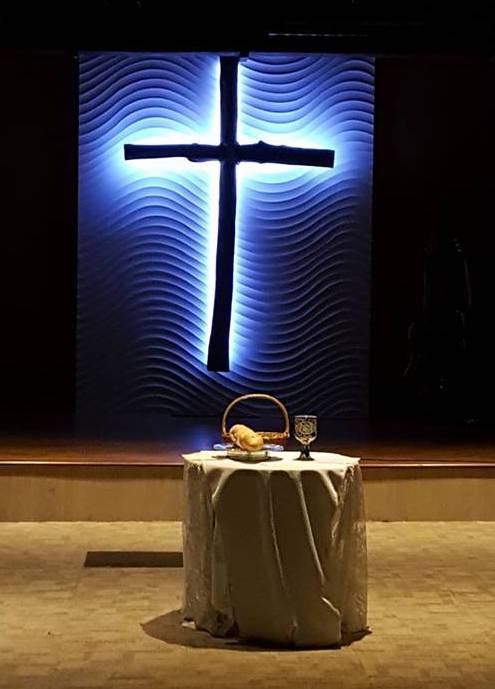What if you are not the type that can sit still and pray? Are alternatives to silencing the heart and resting the mind available? Yes. One is to go for a sensory stroll. A stroll is a short leisurely, slow walk. Not natural for most Singaporeans. According to surveys, we are some of the fastest walkers among urbanites around the world. So this spiritual exercise takes some learning.
Learning to walk at a leisurely pace is challenging but we also want to add to that a heightening of our physical senses in the stroll. It can be done one by one awareness. For example, we could begin with a focus on what we see. As you stroll observe the buildings, people, park bench, trees, leaves, flowers, cars and pavements. Observe colours, textures, shapes and lines. Pause if anything catches your attention. Next, you concentrate on hearing: the hum of traffic, children playing, birds chirping, rustling of leaves, the MRT train rolling by, the footfall of others and yourself. Then, feel. The mild breeze, the hot humid steam, the mask against your face, perspiration on the forehead, the out-of-breath feeling. Be aware of smell too. Occasionally, you smell jasmine, or worse, traffic smog or delicious food, depending on where you take your stroll. Such a walk can be a relaxing exercise as your mind is temporarily focused on the sensory input, and not on your worries and other mental preoccupations. So this is a good spiritual exercise to ready the mind and heart and body for reflection, prayer and Bible reading.
With Singapore’s hot humid climate, the early morning or late evening seems to be the more suitable times for this exercise. Occasionally a hike in the forest, reservoir or parks can be a great extended leisurely walk with an added play and pray dimension.
Why not give this a try and let readers know what it was like? Put your experience in the comment box.


 Each evening would begin with time for people to be still and wait on God in silence with background instrumentals played over the speakers. Then there would be brief explanations of the prayer practice we would be doing. Followed by an hour for people to actually enter into the practice of prayer. The last segment would be a partaking of Holy Communion.
Each evening would begin with time for people to be still and wait on God in silence with background instrumentals played over the speakers. Then there would be brief explanations of the prayer practice we would be doing. Followed by an hour for people to actually enter into the practice of prayer. The last segment would be a partaking of Holy Communion.